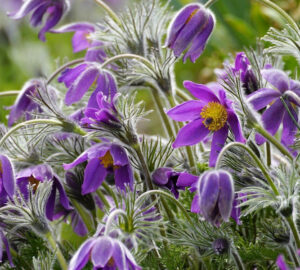Rock gardens are a popular landscaping option for those looking to add a low-maintenance, visually appealing element to their outdoor space. Whether you’re a beginner gardener or a seasoned pro, creating your first rock garden can be a fun and rewarding project with the right guidance and preparation.
Here are the main steps and supplies you will need to create a rock garden:
Choose a location: Choose a location in your garden that gets plenty of sunlight and has good drainage. A sloped area can be ideal for a rock garden.
Plan the layout: Decide on the size and shape of your rock garden. You can use a garden hose or spray paint to outline the shape of your garden.
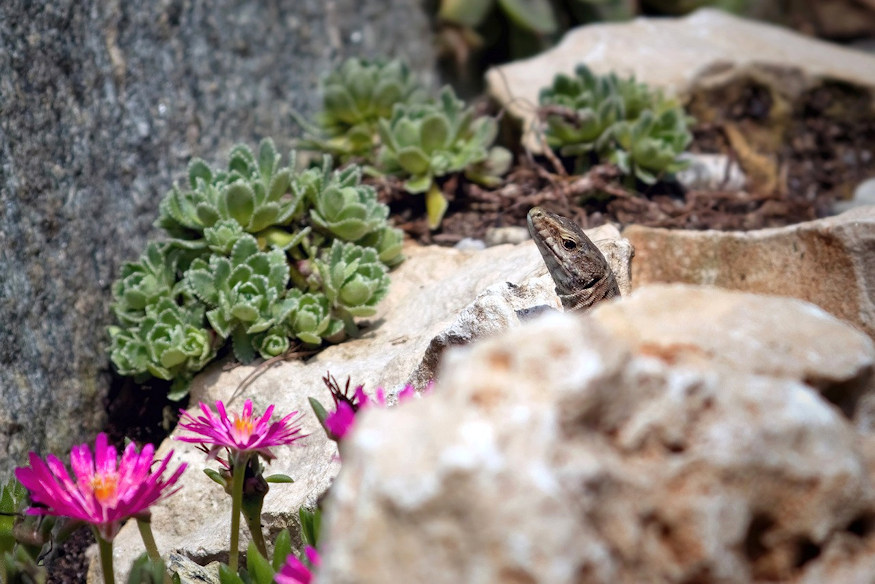
Remove grass and weeds: Remove any grass, weeds, or debris from the area where you plan to create the rock garden.
Dig out the area: Dig out the area to a depth of about 6 inches. This will allow for a layer of gravel at the bottom of the garden, which will aid in drainage.
Add gravel: Add a layer of gravel to the bottom of the garden. This will improve drainage and prevent water from pooling.
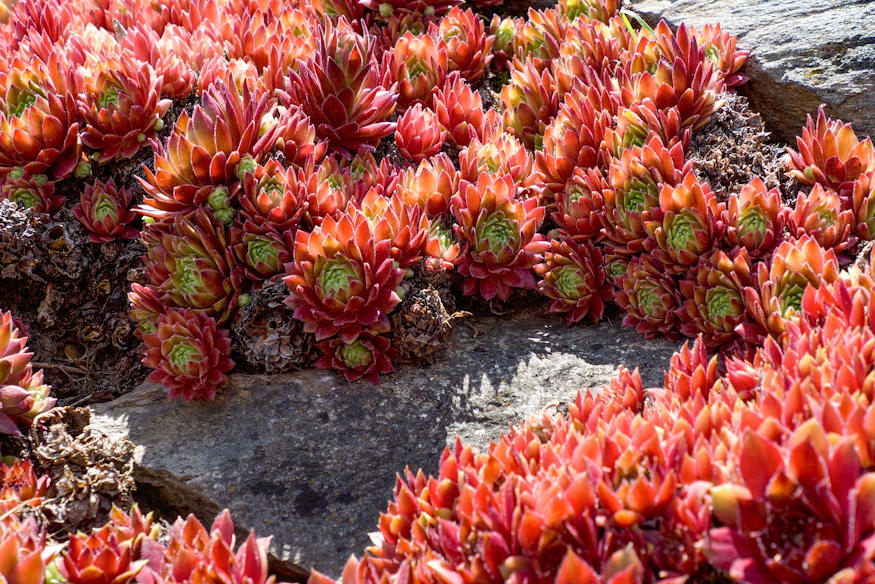
Arrange rocks: Arrange the rocks in the garden in a natural-looking way. You can create groupings or clusters of rocks, and you can vary the size and shape of the rocks.
Add soil: Add soil to the garden, making sure to fill in all the gaps between the rocks.
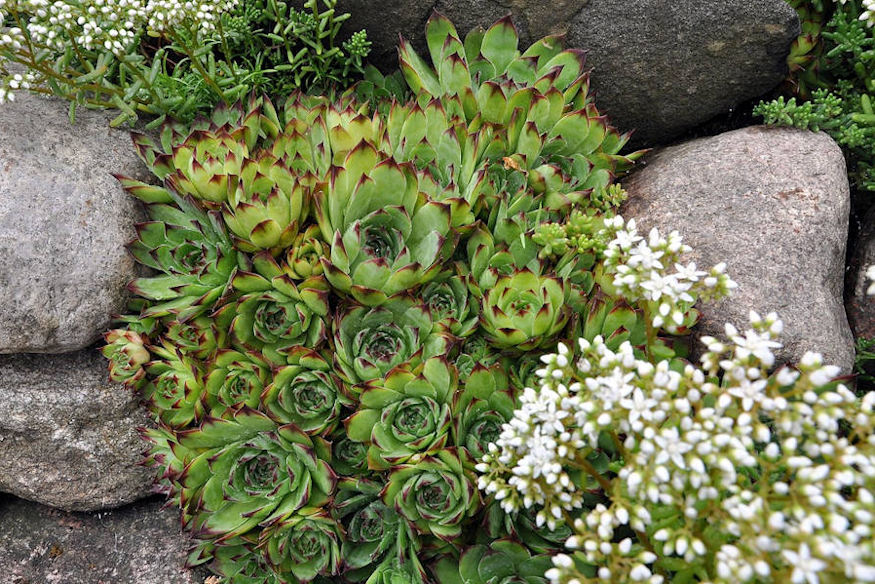
Plant: Choose plants that are well-suited to the conditions of your rock garden, such as succulents, alpine plants, or other plants that prefer well-drained soil. Plant them in the spaces between the rocks.
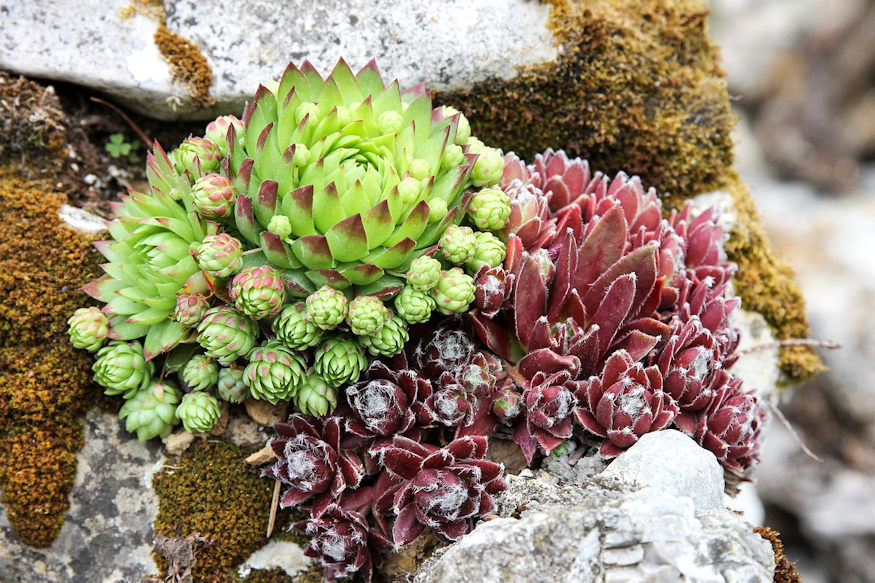
Supplies you will need
- Rocks of various sizes and shapes
- Garden gloves
- Shovel or spade
- Wheelbarrow
- Gravel
- Soil
- Plants suitable for a rock garden
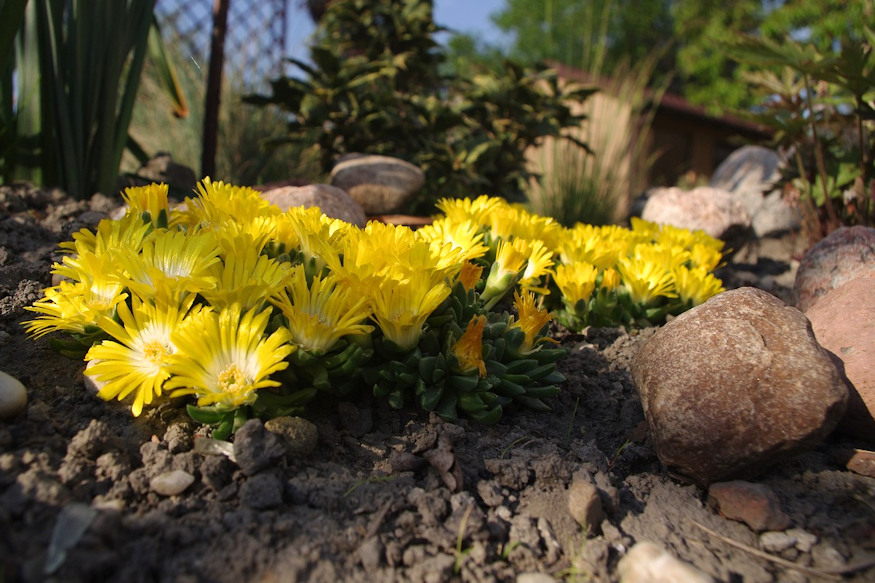
Choosing rocks and stones
When planning your first rock garden, it is important to choose rocks and stones that will not only look beautiful but also complement the plants that you plan to grow. Here are some factors to consider when choosing rocks for your rock garden:
Size and Shape
Look for rocks and stones of varying sizes and shapes to add visual interest to your rock garden. Large, flat rocks can be used as stepping stones or as a backdrop for smaller rocks, while smaller stones can be used to fill in gaps between plants.
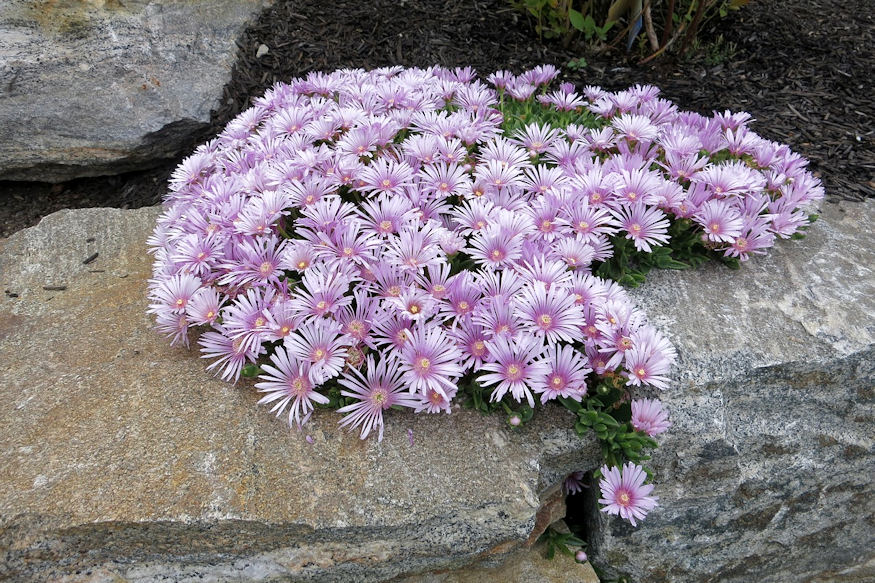
Color and Texture
Choose rocks and stones that complement the colors and textures of the plants in your rock garden. Consider using a mix of colors and textures, such as smooth river rocks, jagged granite rocks, and rough limestone rocks.
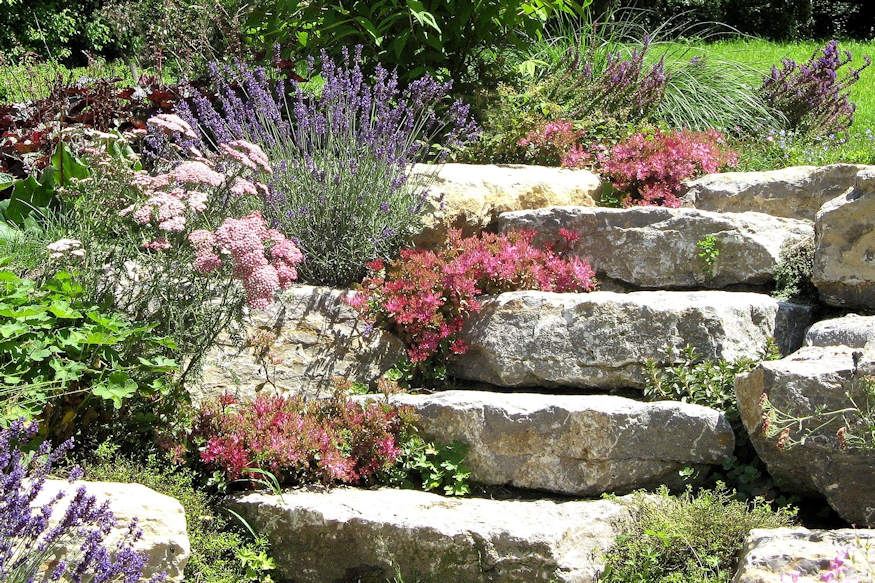
Local Availability
Look for rocks and stones that are readily available in your local area. This can help you save money on transportation costs and ensure that the rocks you choose are well-suited to the climate and soil conditions in your area.
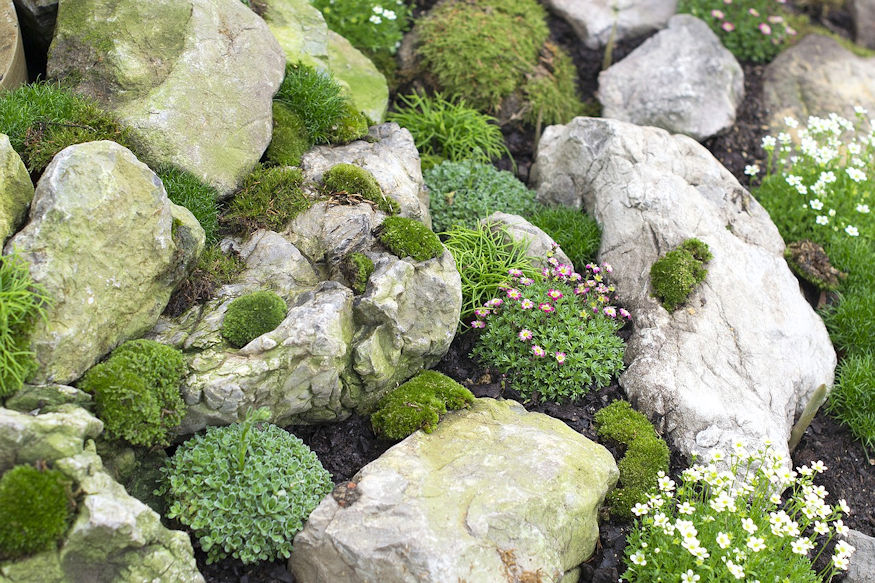
Safety
Avoid using rocks and stones that are too sharp or jagged, as these can be a safety hazard for you and your pets.
Some common types of rocks and stones used in rock gardens include granite, limestone, sandstone, river rock, and flagstone. When selecting rocks for your rock garden, be sure to choose ones that are appropriate for the size and layout of your garden, and that will complement the plants you plan to grow.
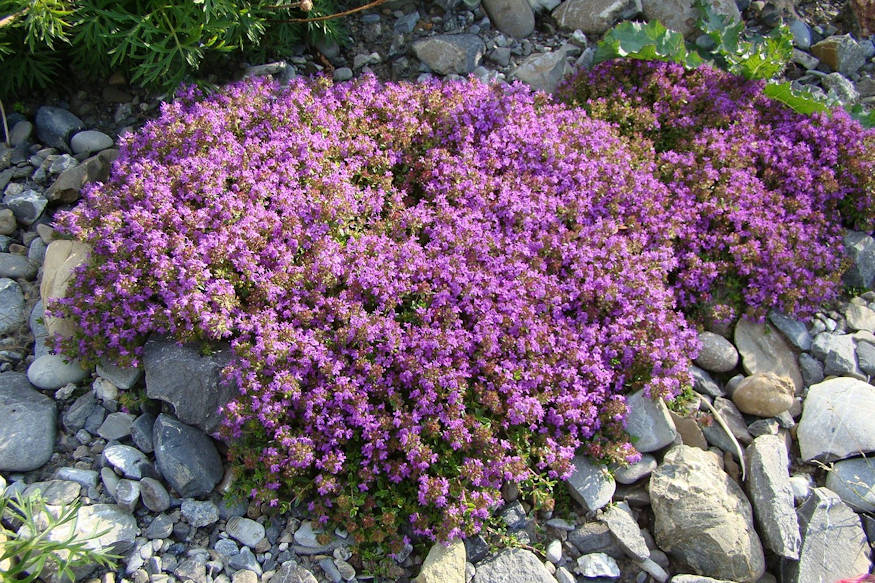
Selecting plants
When selecting plants for a rock garden, it is important to choose species that are well-suited to the conditions of your garden, such as good drainage and full sun exposure. Here are some common plant species that are ideal for a rock garden:
Sedums
These low-growing succulents come in a wide range of colors and textures, and are easy to care for.
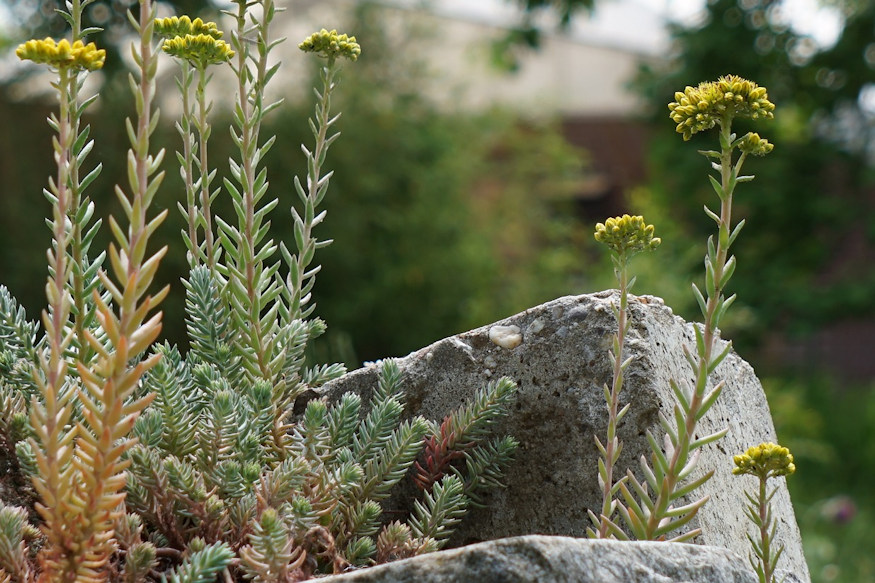
Hens and Chicks
These small, rosette-shaped succulents are great for rock gardens, as they can tolerate dry conditions and require little maintenance.
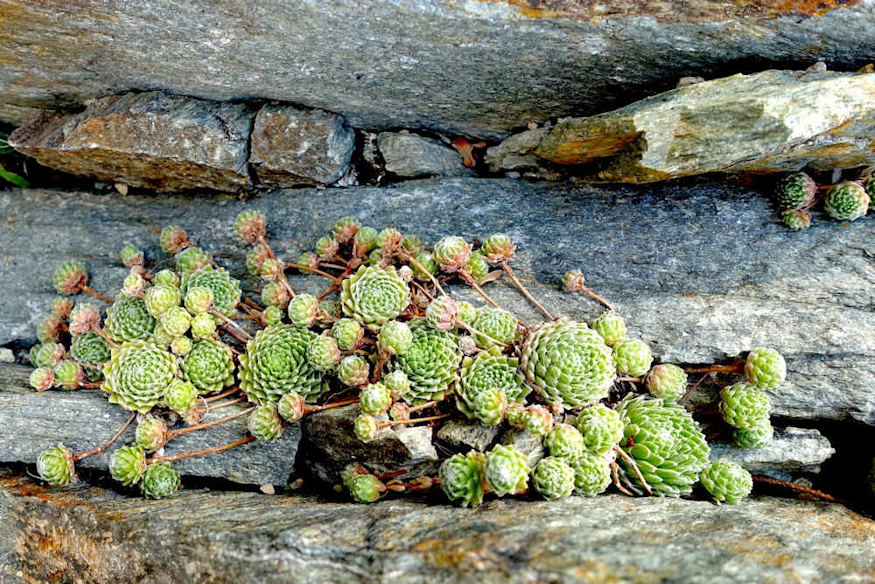
Alpine Currant
This evergreen shrub is great for rock gardens, as it can tolerate rocky soil and harsh conditions. It also produces small yellow flowers in the spring.
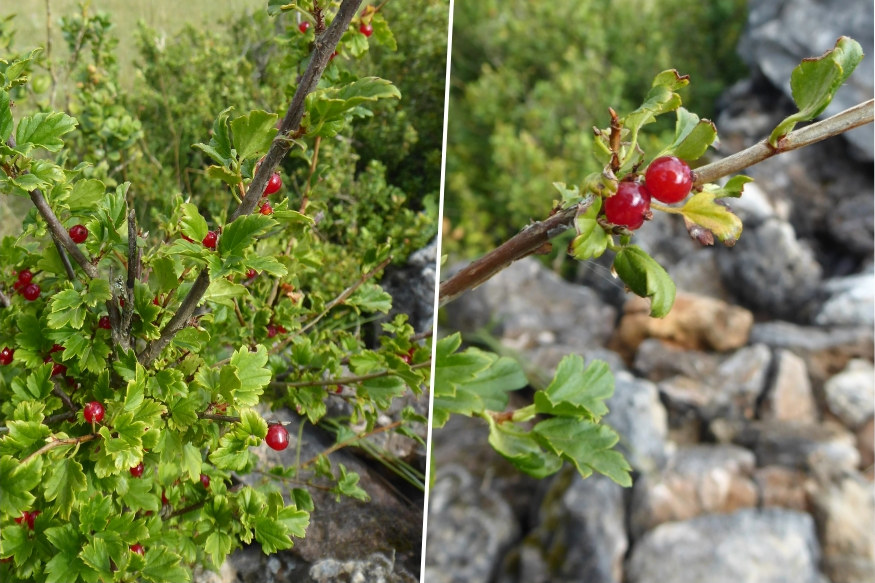
Thyme
This fragrant herb is great for rock gardens, as it can tolerate dry conditions and rocky soil. It also produces small purple or pink flowers in the summer.
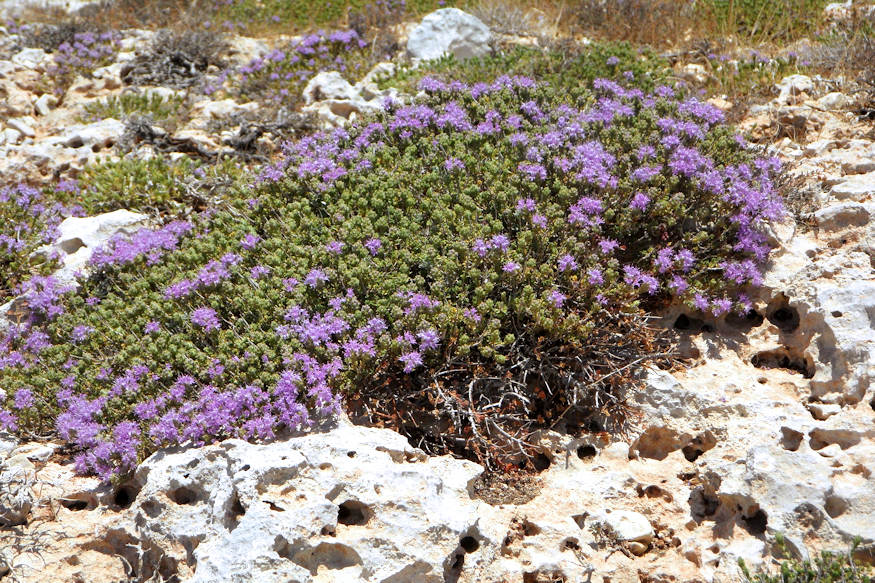
Creeping Phlox
This groundcover plant produces clusters of small, colorful flowers in the spring and early summer. It is great for rock gardens, as it can spread quickly to cover large areas.
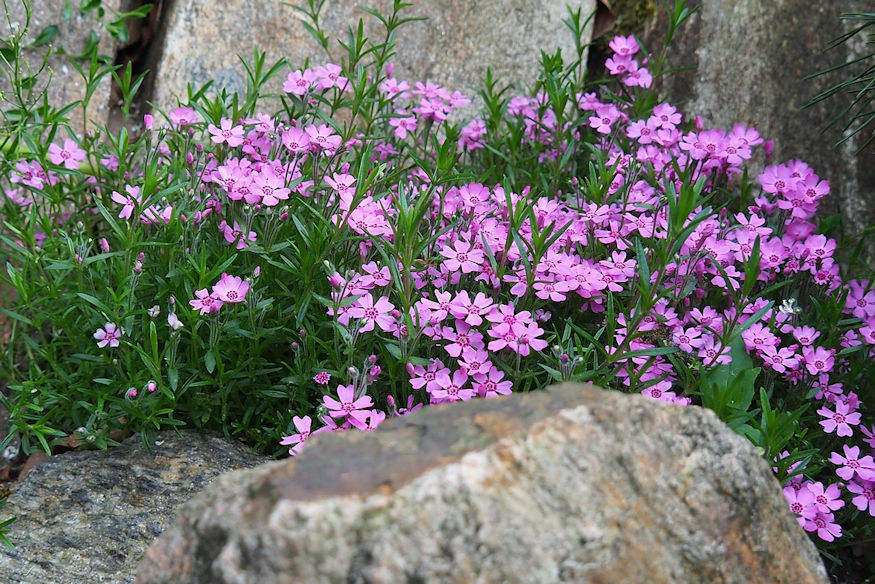
Ice Plant
This succulent produces bright, showy flowers in a range of colors, and is great for rock gardens that receive full sun.
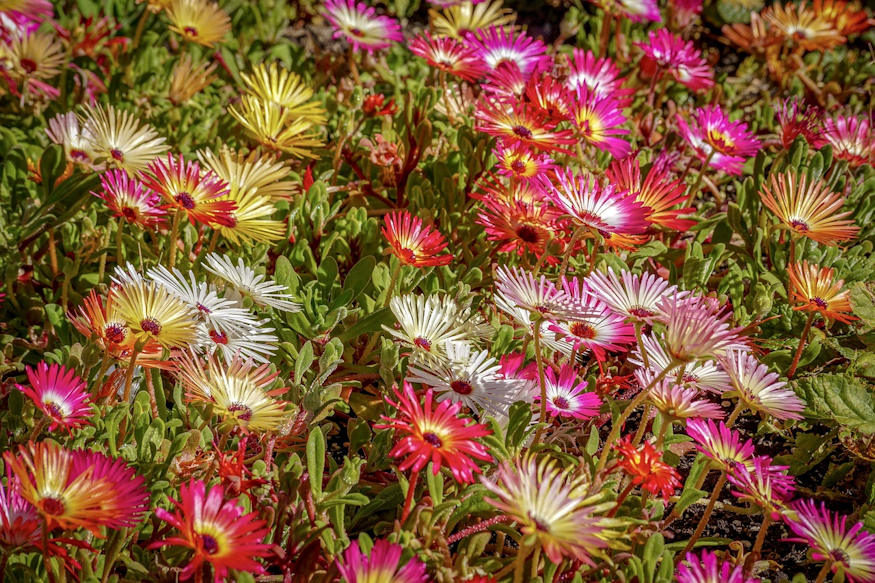
Dwarf Iris
These small, low-growing plants produce clusters of colorful flowers in the spring, and are great for adding a splash of color to a rock garden.
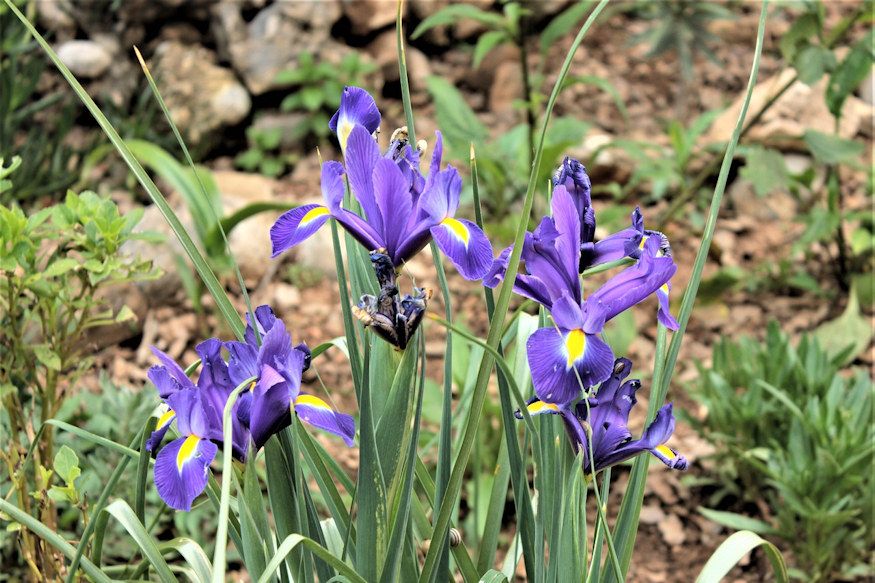
When selecting plants for your rock garden, be sure to choose species that are well-suited to the conditions of your garden and that will complement the size and shape of your rocks. With a little planning, you can create a beautiful and low-maintenance rock garden that will thrive for years to come.









